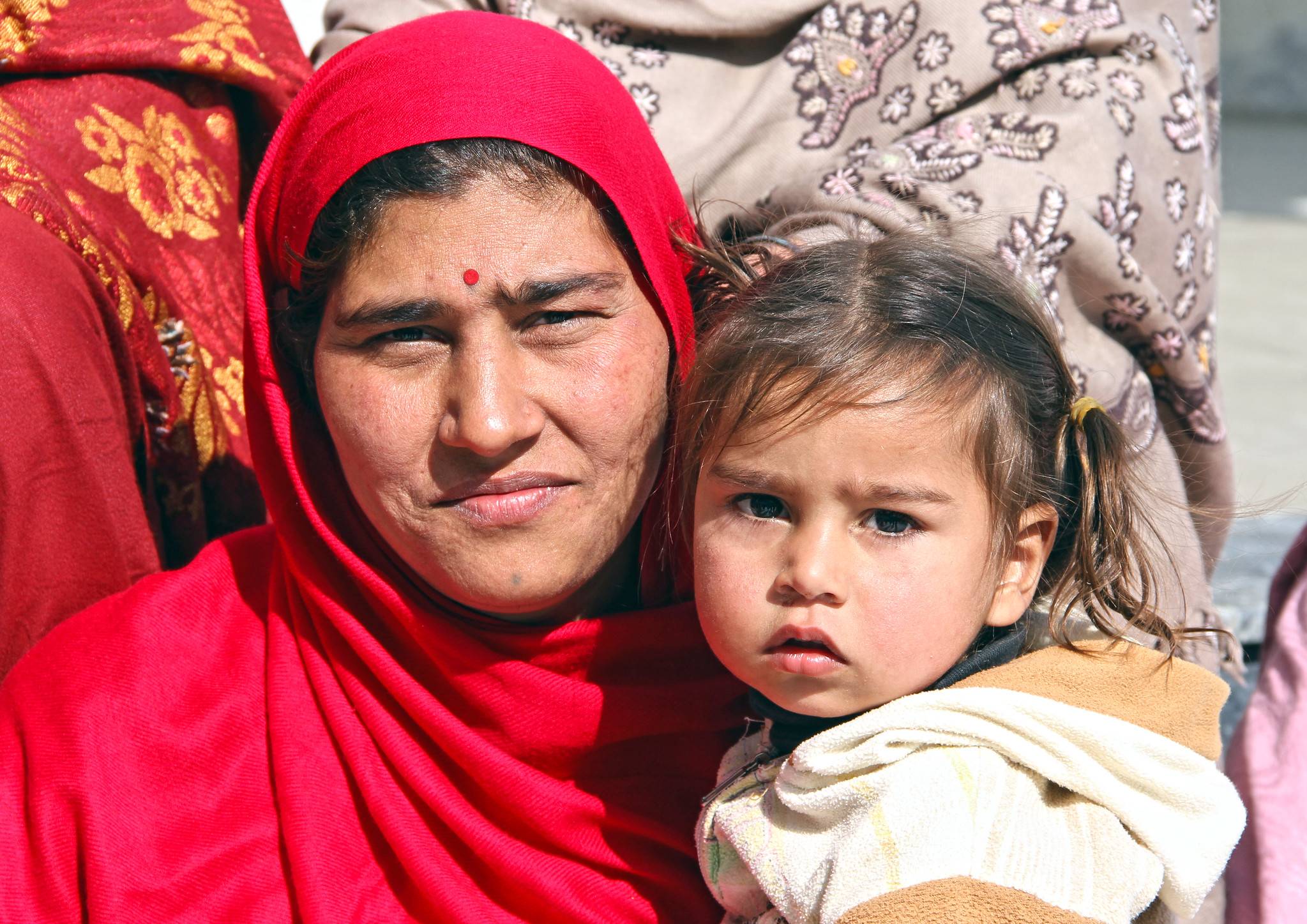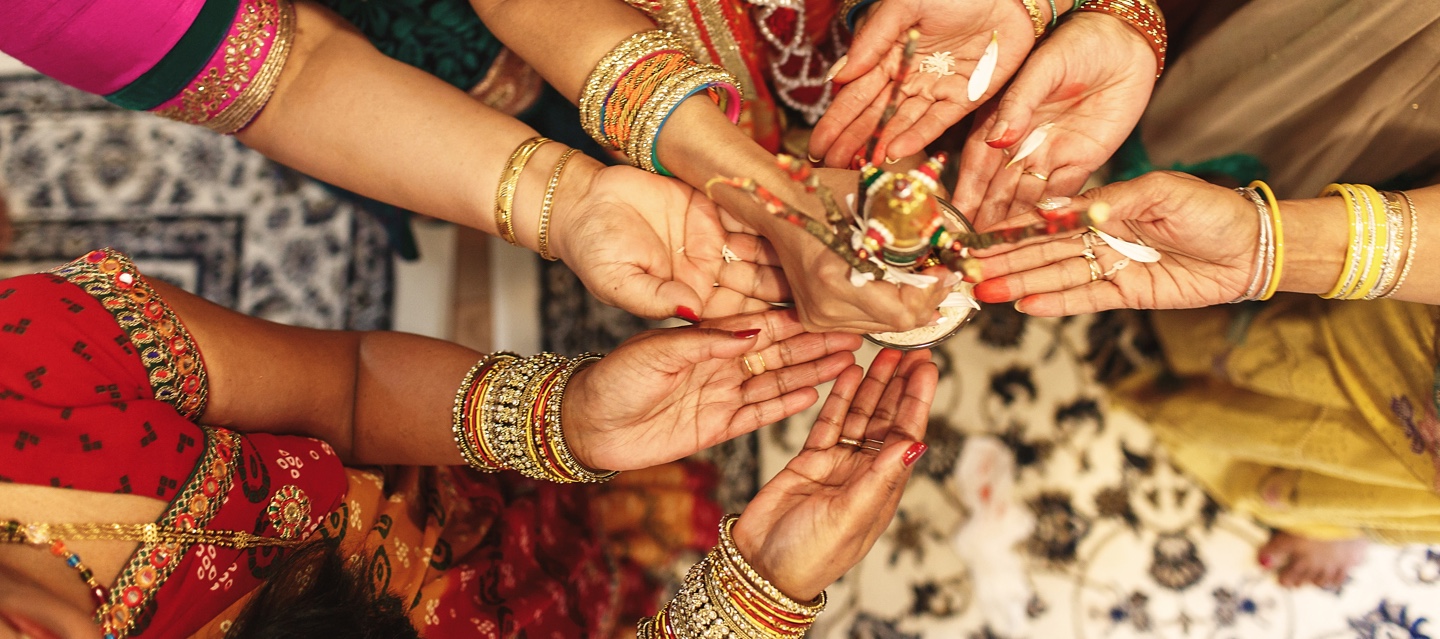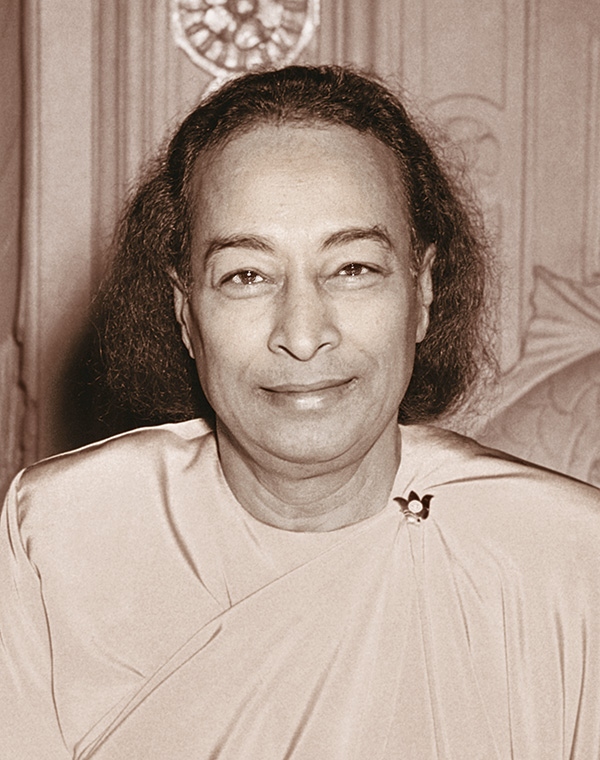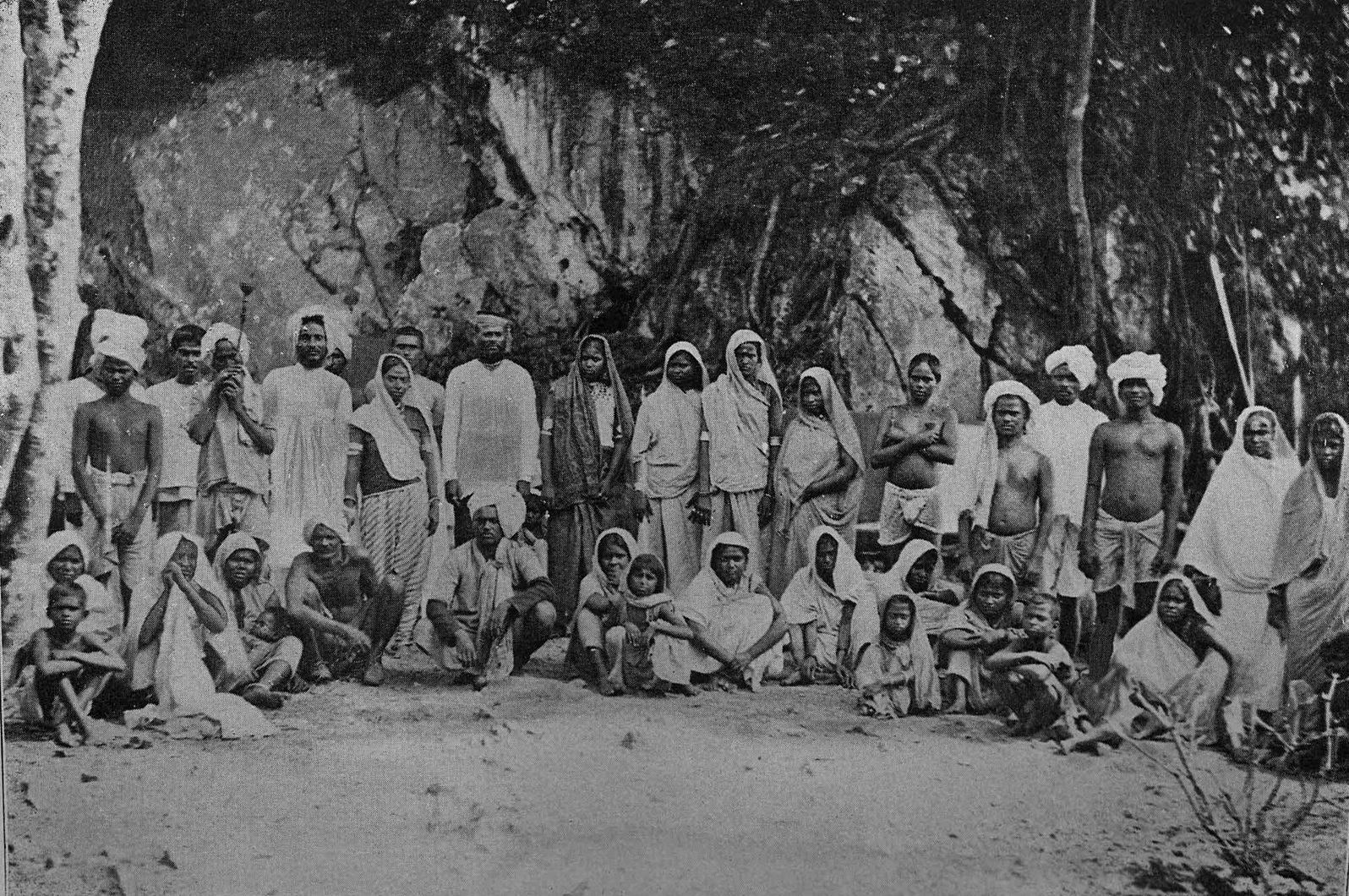Responding to Peers
For many of our children, a concrete plan to address the teacher may be easier to engage in than talking to their own peers. The tone the teacher sets is important in how peers respond to the lesson, but sometimes teasing and bullying can occur in spite of a thoughtful lesson. Middle and high school are a time of shifting peer dynamics, and unpacking how to understand adolescent behavior can be complicated.
How Can You Tell if Your Child Is Being Harassed?
If you notice changes in your child that indicate that they may be struggling with peers (unexplained injuries, loss of personal items, changes in eating or sleeping behavior, irritability, isolation, declining grades or interest in school, school avoidance), have an open ended and curious conversation with them about what they’re noticing and experiencing. While some of the harassment may be directly tied to their Hindu or Indian identity, having a more full understanding of the social dynamics at play will help you equip your child in the most effective way to respond.
Why Don’t Kids Always Ask for Help?
While our instinct may be to encourage our children to ask for help when facing harassment or bullying, the reality is that many children don’t feel comfortable involving an adult. This can be frustrating, but it can also be a mark of strength and independence. Instead of asking them to always share with you, you may be better off clearly articulating behaviors, such as physical violence and repeated patterns of behavior, that would make it important for them to escalate the situation to an adult. Encouraging them to find a safe adult at school, if not just you, can be a helpful way to make sure that they have multiple resources available to them.
How to Support Without Blame or Shame
As your child does open up to you, be sure to avoid blaming or shaming your child for their own behaviors, avoid encouraging them to engage physically, and avoid minimizing what they’re experiencing. You may have dealt with a lot more yourself, but your child’s experiences are a big deal to them, and empathy is the first step towards resilience.
In equipping your kid: help them understand what’s happening, through their experience as well as through yours. Then, talk about the different ways to be assertive:
Staying calm
This is a great opportunity to teach them about sadhana. Meditation, pranayama, yoga, and the arts (Hindu and otherwise), are all possible ways to stay calm in otherwise emotional situations. Using breathing techniques in the moment can be really effective.
Using humor to deflect
Humor is a really valuable tool in social settings to diffuse tension as well as to redirect the situation. Self deprecating humor can be useful and intuitive in some situations as it can be disarming, but in bullying/harassment situations, it’s better to avoid engaging in humor that gives others an opening to tease them. You may be pulled to encourage your child to tease the other child back, but remember that this can invite more emotion, and that while there may be effective and kind ways to put the attention back on the bully, teasing someone about something they cannot change about themselves is always mean, and rarely helpful.







































